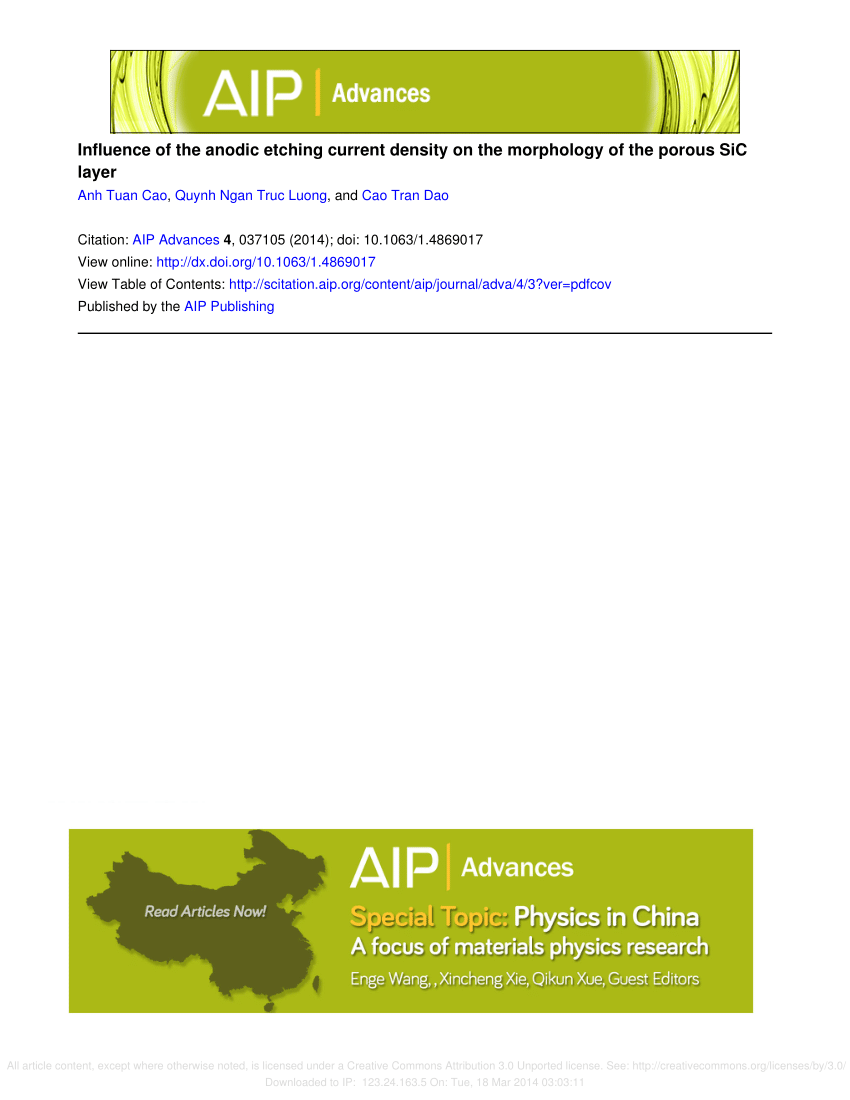Enhancing growth rate in homoepitaxial growth of β-Ga2O3 with flat surface via hydrochloric acid addition in mist CVD
IF 1.4
4区 物理与天体物理
Q4 MATERIALS SCIENCE, MULTIDISCIPLINARY
引用次数: 0
Abstract
Gallium oxide (Ga2O3) is a wide-bandgap oxide semiconductor, with a bandgap of ∼4.9 eV, making it a promising material for power device applications. This study focuses on the effect of hydrochloric acid addition on the growth rate in homoepitaxial growth of β-Ga2O3 using a mist chemical vapor deposition method. For homoepitaxial growth on a (001) β-Ga2O3 substrate, we introduced different concentrations of HCl into the source solution to assess its impact on the growth rate, crystal structures, and surface morphologies of the films. At a growth temperature of 900 °C, HCl addition linearly increased film thickness, enhancing the growth rate by 4.8 times with 9.09 vol. % HCl. No peaks associated with other phases were exhibited by each sample, indicating pure homoepitaxial growth. When comparing samples with similar film thicknesses, the root-mean-square (rms) roughness was enhanced by 1/7 with an increase in the HCl concentration. However, at 800 °C, an increasing solution concentration caused pronounced step bunching and elevated rms roughness, in contrast with the minimal effect observed at 900 °C. In experiments with hydrochloric acid addition at 900 °C, we observed a striped morphology, which maintained consistent rms roughness despite higher temperature.在雾状 CVD 中通过添加盐酸提高具有平坦表面的 β-Ga2O3 的同向外延生长速度
氧化镓(Ga2O3)是一种宽带隙氧化物半导体,带隙为∼4.9 eV,是一种很有潜力的功率器件应用材料。本研究的重点是采用雾状化学气相沉积法研究盐酸添加量对β-Ga2O3同层外延生长速率的影响。在 (001) β-Ga2O3 基底上进行同向外延生长时,我们在源溶液中引入了不同浓度的盐酸,以评估其对薄膜生长速率、晶体结构和表面形态的影响。在 900 °C 的生长温度下,盐酸的加入线性地增加了薄膜厚度,当盐酸的体积百分比为 9.09 时,生长速度提高了 4.8 倍。每个样品都没有出现与其他相相关的峰值,表明是纯均相外延生长。在比较具有相似薄膜厚度的样品时,均方根(rms)粗糙度随盐酸浓度的增加而增加 1/7。然而,在 800 ℃ 时,溶液浓度的增加会导致明显的阶跃束化和均方根粗糙度的升高,而在 900 ℃ 时则影响甚微。在 900 ℃ 下添加盐酸的实验中,我们观察到了条纹状形态,尽管温度升高,但均方根粗糙度保持一致。
本文章由计算机程序翻译,如有差异,请以英文原文为准。
求助全文
约1分钟内获得全文
求助全文
来源期刊

AIP Advances
NANOSCIENCE & NANOTECHNOLOGY-MATERIALS SCIENCE, MULTIDISCIPLINARY
CiteScore
2.80
自引率
6.20%
发文量
1233
审稿时长
2-4 weeks
期刊介绍:
AIP Advances is an open access journal publishing in all areas of physical sciences—applied, theoretical, and experimental. All published articles are freely available to read, download, and share. The journal prides itself on the belief that all good science is important and relevant. Our inclusive scope and publication standards make it an essential outlet for scientists in the physical sciences.
AIP Advances is a community-based journal, with a fast production cycle. The quick publication process and open-access model allows us to quickly distribute new scientific concepts. Our Editors, assisted by peer review, determine whether a manuscript is technically correct and original. After publication, the readership evaluates whether a manuscript is timely, relevant, or significant.
 求助内容:
求助内容: 应助结果提醒方式:
应助结果提醒方式:


